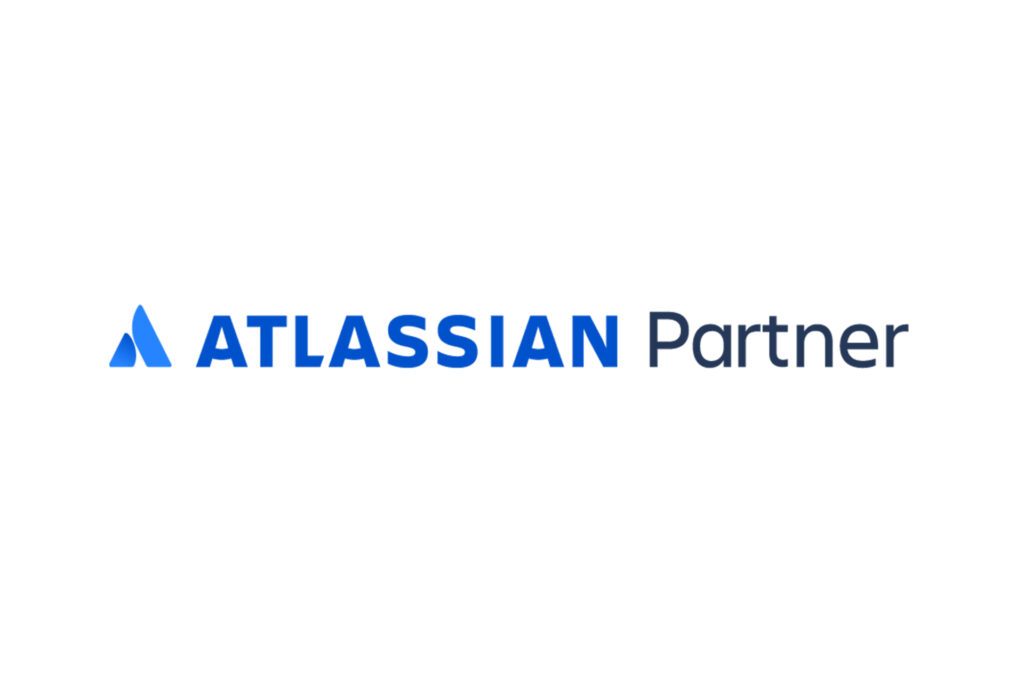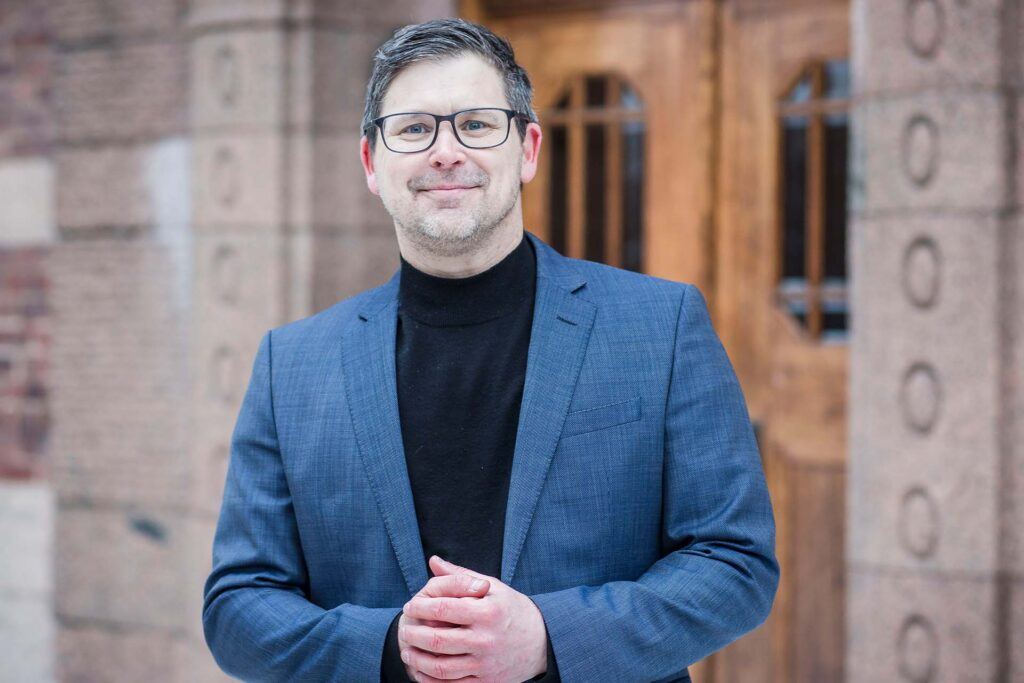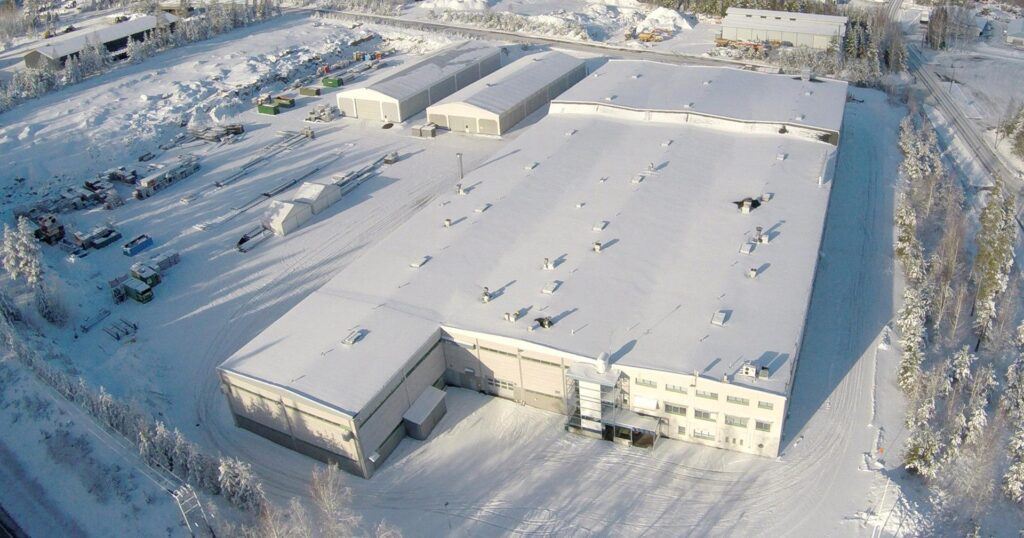The European Union has recognized Pinja’s innovation for its work on raw material use and energy efficiency optimization in the steel industry. The recognition was given for the work on the EU Morse project, which ended in 2022.
– The responsible and efficient use of energy and raw materials is crucial to our clients’ success right now. We are delighted to have been involved in this important project, and we are proud of the recognition we have received, says Veli-Matti Nurminen, CEO of Pinja.
According to Ville Toivonen, Project Manager of the Pinja project team, the project developed material and energy flow modelling for the entire life cycle of the steel manufacturing process. The results of the project, carried out in cooperation with the leading names in the Finnish steel industry, were promising, to say the least.
From partial optimization to managing the big picture
According to Toivonen, the processing industry is constantly looking for new ways to improve efficiency due to its high resource dependency. In large-scale production, even small changes in raw material use or energy efficiency can significantly improve process efficiency.
The EU Morse project focused on steel industry, and in particular its efficient use of materials and energy, and the main focus was on optimizing the use of raw materials in manufacturing and improving energy efficiency. In addition to Finland, the project involved participants from several European countries, including, Norway, Spain, Germany and Austria. In Finland, the project was coordinated by VTT, and active participants included representatives of the steel industry, research institutes, and technology companies.
According to Toivonen, there is a wide range of theory and practice for optimizing sub-processes in the steel industry, but the market has so far lacked tools for analyzing and optimizing the entire manufacturing process as a whole. The newly developed iPES Steel Integrate tool from Pinja takes steps towards the overall optimization of steel mills.
– In the project, we developed a material and energy flow modelling of the entire steel manufacturing process, taking into account raw material and energy use by energy type. The model aims to calculate the total price of steel production, taking into account carbon emissions, and showing how changes in a single process affect the whole chain. After all, saving money in one place often increases costs in another.
Top names in the Finnish steel industry involved
According to Toivonen, the project was carried out in close cooperation with the top names in the Finnish steel industry. The model was continuously refined and tested in the client’s production environment as the work progressed. The results have been promising, to say the least.
– We were able to demonstrate savings in all areas by using specific scenarios, based on carbon dioxide emissions, total steel production costs, and total energy consumption.
According to Toivonen, the steel industry is one of the largest single producers of carbon dioxide, and the sector has a key role to play as Finland strives for a carbon-neutral future. Work for greener steel is being done on a broad front.
At the end of the project, the market potential of Pinja’s iPES Steel Integrate tool was assessed by the European Commission’s Innovation Radar program. Its maturity and market potential were considered high. Toivonen is therefore quite satisfied with both the progress and the outcome of the project.
Now that the project has been completed, our aim is to move into the commercialization phase, so that iPES Steel Integrate can be used in more factories and by more end customers in the years to come.
More information about iPES Steel Integrate:
Ville Toivonen
ville.toivonen@pinja.com
Or contact our experts and ask more about our services!


